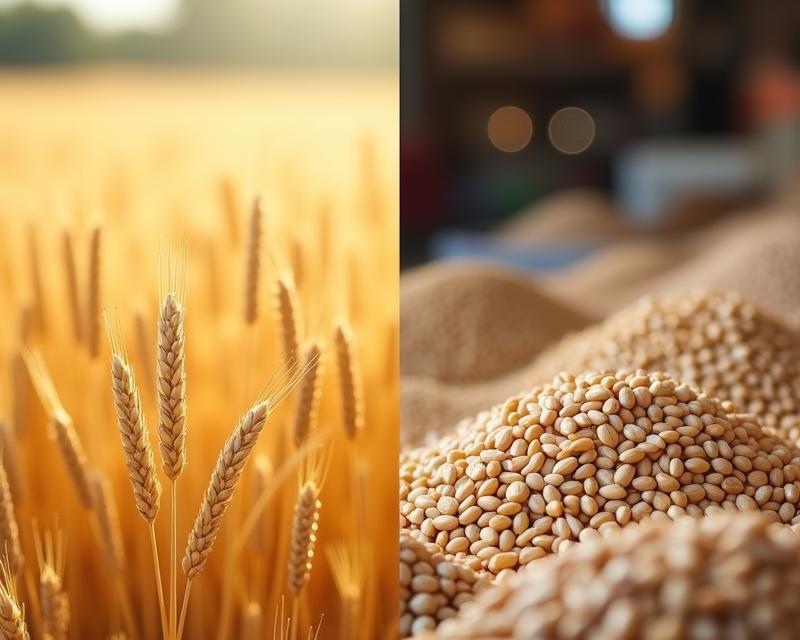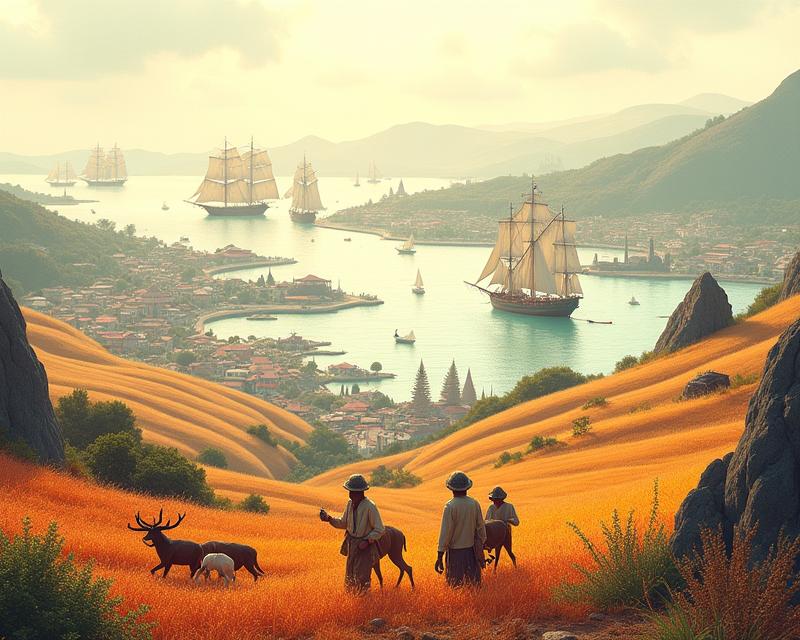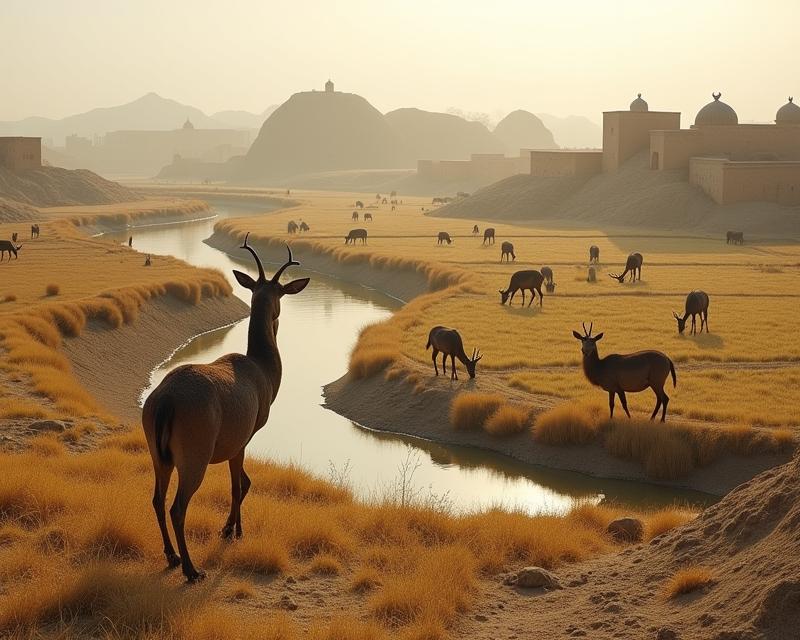Feed-Grade vs. Food-Grade Grains: What's the Difference?
Publish in Agriculture el 03/07/2025 17:10
Feed-Grade vs. Food-Grade Grains: Understanding the Grades
Hey everyone! As farmers, gardeners, and ranchers, we often hear about "feed-grade" and "food-grade" grains. But what exactly *is* the difference? Understanding these grades is crucial for making informed decisions about your crops and their potential uses. It’s not just a label; it reflects different quality standards and intended applications.

What Does "Feed-Grade" Mean?
Feed-grade grains are specifically grown and processed for animal consumption. The primary focus here is on nutritional value and safety for livestock. While still meeting basic quality standards, feed-grade grains may have slightly more relaxed requirements compared to food-grade. This can include a wider range of acceptable levels for certain contaminants, as long as they're within safe limits for animals. Think of it this way: the priority is providing a nutritious and affordable food source for our animals.
What About "Food-Grade"?
Food-grade grains, on the other hand, are intended for human consumption. They adhere to stricter quality control measures and are subject to more rigorous testing for contaminants. Food-grade grains must meet higher standards for purity, appearance, and the absence of harmful substances. This includes things like heavy metals, pesticides, and mycotoxins. The goal is to ensure the safety and quality of the food we eat.
Key Differences: Protein, Appearance, and Contaminants
Let's break down the key differences:
- Protein Content: Both feed and food-grade grains have varying protein levels depending on the type of grain. However, food-grade grains often have more stringent protein specifications to meet human nutritional needs.
- Appearance: Food-grade grains generally have a more consistent and aesthetically pleasing appearance. They are often sorted to remove damaged or discolored kernels. Feed-grade grains may have more imperfections.
- Contaminants: This is where the biggest difference lies. Food-grade grains have much stricter limits on contaminants like heavy metals (lead, arsenic), pesticides, mold toxins (mycotoxins like aflatoxin), and foreign matter. Feed-grade grains are allowed slightly higher levels of certain contaminants, provided they are within safe ranges for animal consumption.
So, Which Grade Do You Need?
The choice between feed-grade and food-grade depends entirely on your intended use. If you're raising livestock, feed-grade is perfectly suitable and often more economical. However, if you're selling your grains directly to consumers or using them in food products, food-grade is essential. Always check with your local regulations and buyers to ensure you're meeting the required standards. Understanding these differences empowers you to make the best choices for your farm and your customers!





